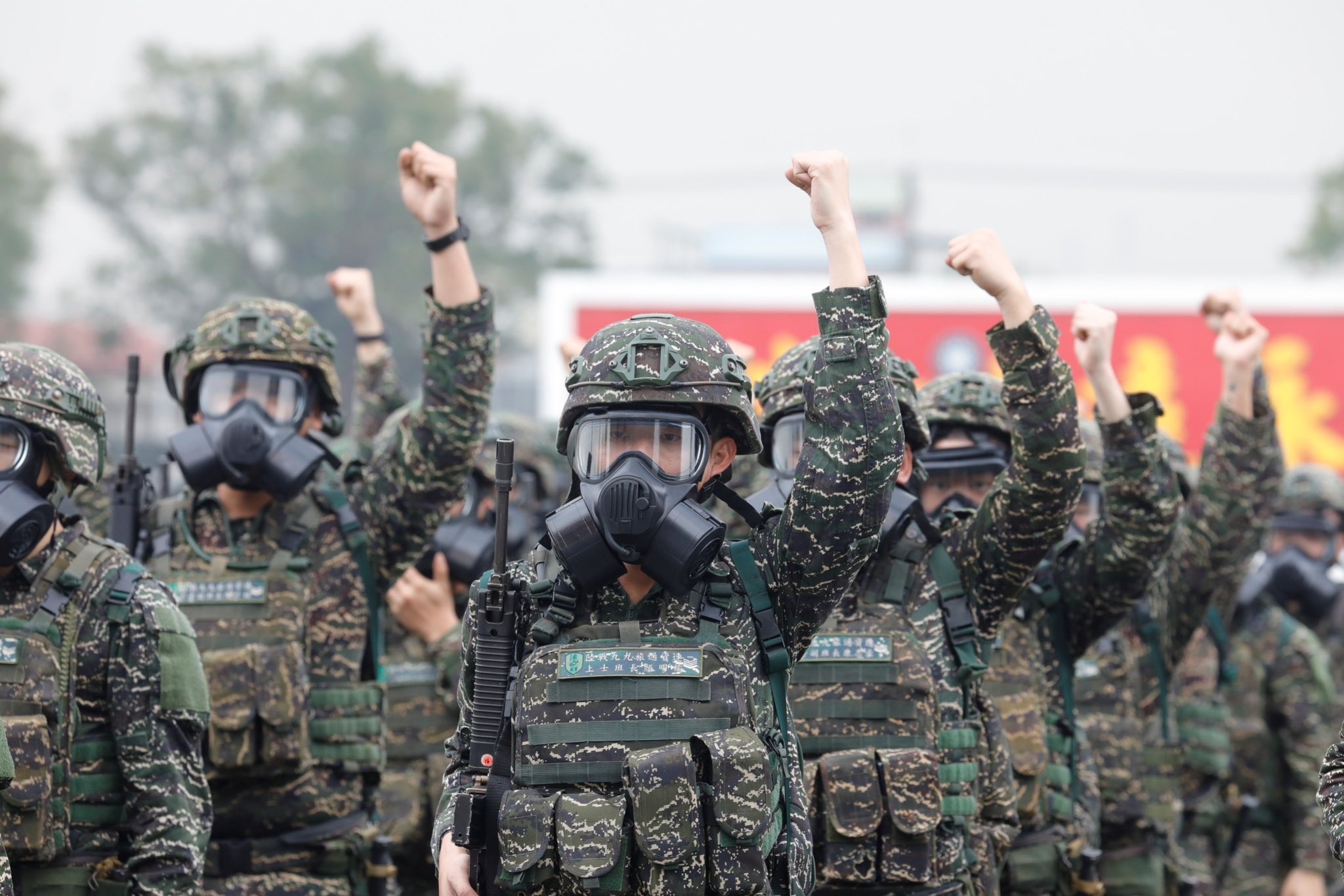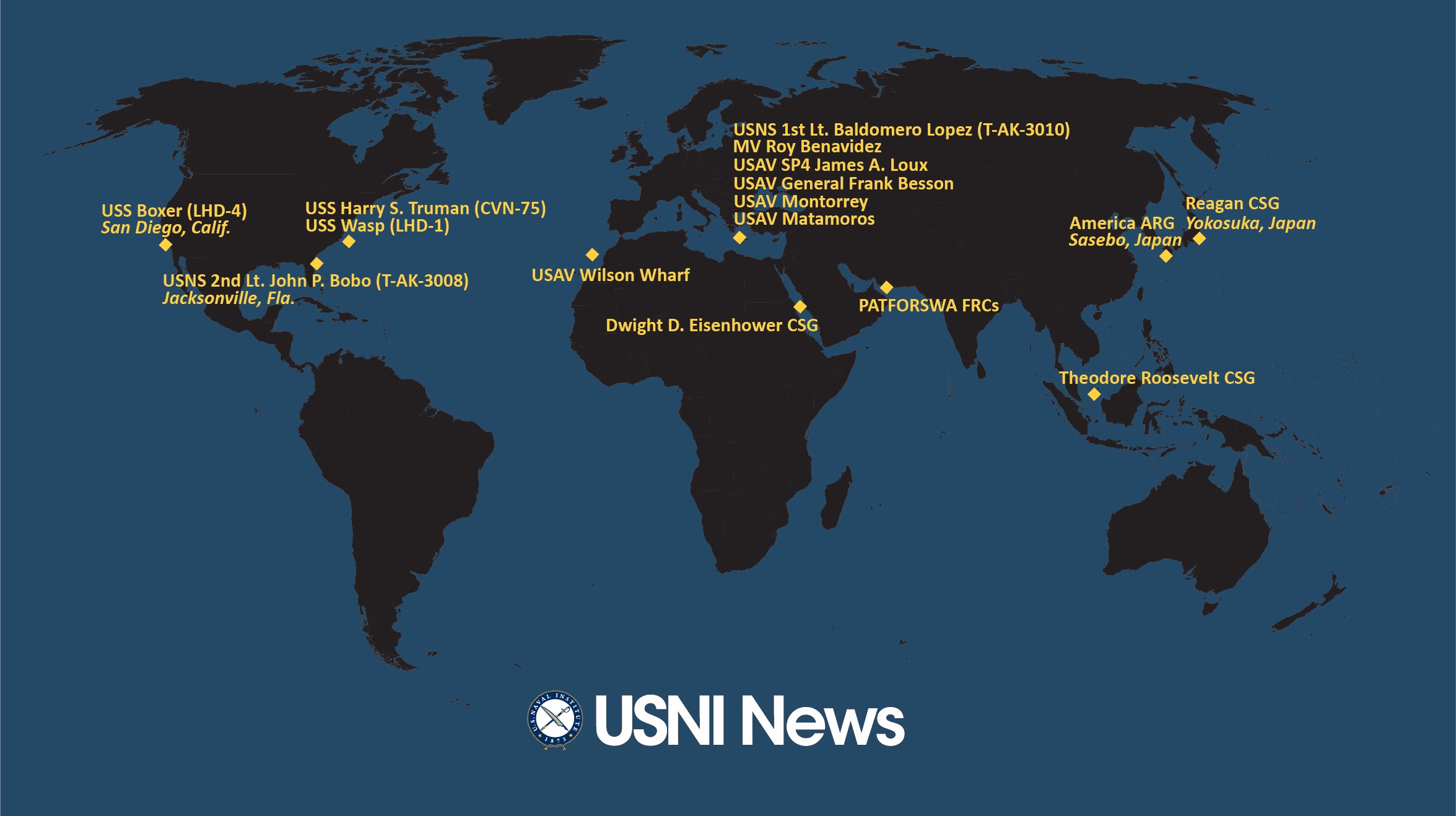The following is the March 28, 2019 Congressional Research Service report, U.S. Special Operations Forces (SOF): Background and Issues for Congress.
From the report
Special Operations Forces (SOF) play a significant role in U.S. military operations and, in recent years, have been given greater responsibility for planning and conducting worldwide counterterrorism operations. U.S. Special Operations Command (USSOCOM) has about 70,000 Active Duty, National Guard, and reserve personnel from all four services and Department of Defense (DOD) civilians assigned to its headquarters, its four service component commands, and eight sub-unified commands.
In 2013, based on a request from USSOCOM (with the concurrence of Geographic and Functional Combatant Commanders and the Military Service Chiefs and Secretaries), the Secretary of Defense assigned command of the Theater Special Operations Commands (TSOCs) to USSOCOM. USSOCOM now has the responsibility to organize, train, and equip TSOCs. While USSOCOM is now responsible for the organizing, training, and equipping of TSOCs, the Geographic Combatant Commands will continue to have operational control over the TSOCs. Because the TSOCs are now classified as sub-unified commands, the services are responsible to provide non-SOF support to the TSOCs in the same manner in which they provide support to the Geographic Combatant Command headquarters.
The current Unified Command Plan (UCP) stipulates USSOCOM responsibility for synchronizing planning for global operations to combat terrorist networks. This focus on planning limits its ability to conduct activities designed to deter emerging threats, build relationships with foreign militaries, and potentially develop greater access to foreign militaries. USSOCOM is proposing changes that would, in addition to current responsibilities, include the responsibility for synchronizing the planning, coordination, deployment, and, when directed, the employment of special operations forces globally and will do so with the approval of the Geographic Combatant Commanders, the services, and, as directed, appropriate U.S. government agencies. Further, the proposed changes would give broader responsibility to USSOCOM beyond counterterrorism activities, to include activities against other threat networks. In August 2016, the Obama Administration assigned USSOCOM the leading role in coordinating DOD’s efforts to counter WMDs, a mission previously assigned to U.S. Strategic Command (USSTRATCOM). USSOCOM is also the DOD proponent for Security Force Assistance and recently was assigned the mission to field a transregional Military Information Support Operations (MISO) capability.
USSOCOM’s FY2020 budget request is for $13.8 billion, and USSOCOM has requested a force structure of 66,553 military and 6,651 civilian personnel.
A potential issue for Congress is the future of USSOCOM and U.S. SOF.
Download the document here.





